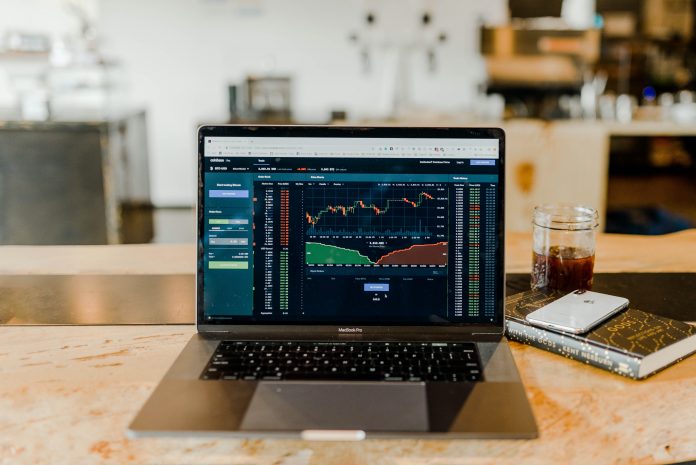ESMA’s recent MAR Review acknowledged there were varying views on pre-hedging. Eventus has explored whether pre-hedging counts as market manipulation.
As a follow-up to its Review, the regulator is now analysing the practices of pre-hedging and will issue a call for evidence.
Eventus stated that during the review, ESMA alerted market participants that some national competent authorities had received suspicious transactions and order reports (STORs) on pre-hedging behaviour. This is a practice not defined in EU law. From this, mixed opinions were given as to the usefulness of pre-hedging and the risks associated with this practice.
Many believe that pre-hedging brings market abuse risks and might not be beneficial for the client or market integrity, it said. They believed that a request for quotation (RFQ) could meet the MAR’s definition for inside information partly due to the non-public nature of the RFQs.
“For example, one stakeholder noted that trading venues making use of the RFQ trading system only provide the RFQs to the liquidity providers who have been asked to respond to it.”
Other respondents felt that pre-hedging could have detrimental effects where the client requests quotes from two or more liquidity providers through a ‘first mover advantage’. As a result, a liquidity provider pre-hedging when in competition with other firms might trigger a price movement which in turn affects the quotes subsequently offered to the client by other liquidity providers.
“This ‘first mover advantage’ effect could not only render the pre-hedging party better positioned to win the trade, but it could also impact the final price at which the trade is executed.”
Due to the worries, several market participants asked ESMA to offer guidance on what is considered MAR-compliant in terms of pre-hedging and what behaviour might constitute frontrunning. Additionally, guidance was requested on procedural aspects of pre-hedging, such as the documentation required, transparency arrangements by brokers to clients and internal policies of market makers.
Eventus explained that the definition for ESMA is that pre-hedging involves a risk management aspect. This is because it takes place when a dealer acting as principal undertakes a trade in anticipation of a client order, in order to manage the risk associated with a possible trade stemming from that order.
However, pre-hedging may fall within the scope of insider trading if a broker were to use the information received from the client to make trades for his own account, including potentially trades against the client.
ESMA also stated that pre-hedging is a frequent practice in financial markets that is not banned in other jurisdictions. The FINRA rule 5270 doesn’t preclude a broker-dealer to trade for its own account to fulfill or facilitate a client’s block transaction.
“However, when engaging in trading activity that could affect the market for the security that is the subject of the customer block order, the broker-dealer must minimize any potential disadvantage or harm in the execution of the customer’s order, must not place its financial interests ahead of those of its customer, and must obtain the customer’s consent to such trading activity.”
Read the report here.
Copyright © 2022 FinTech Global
Copyright © 2018 RegTech Analyst






